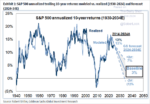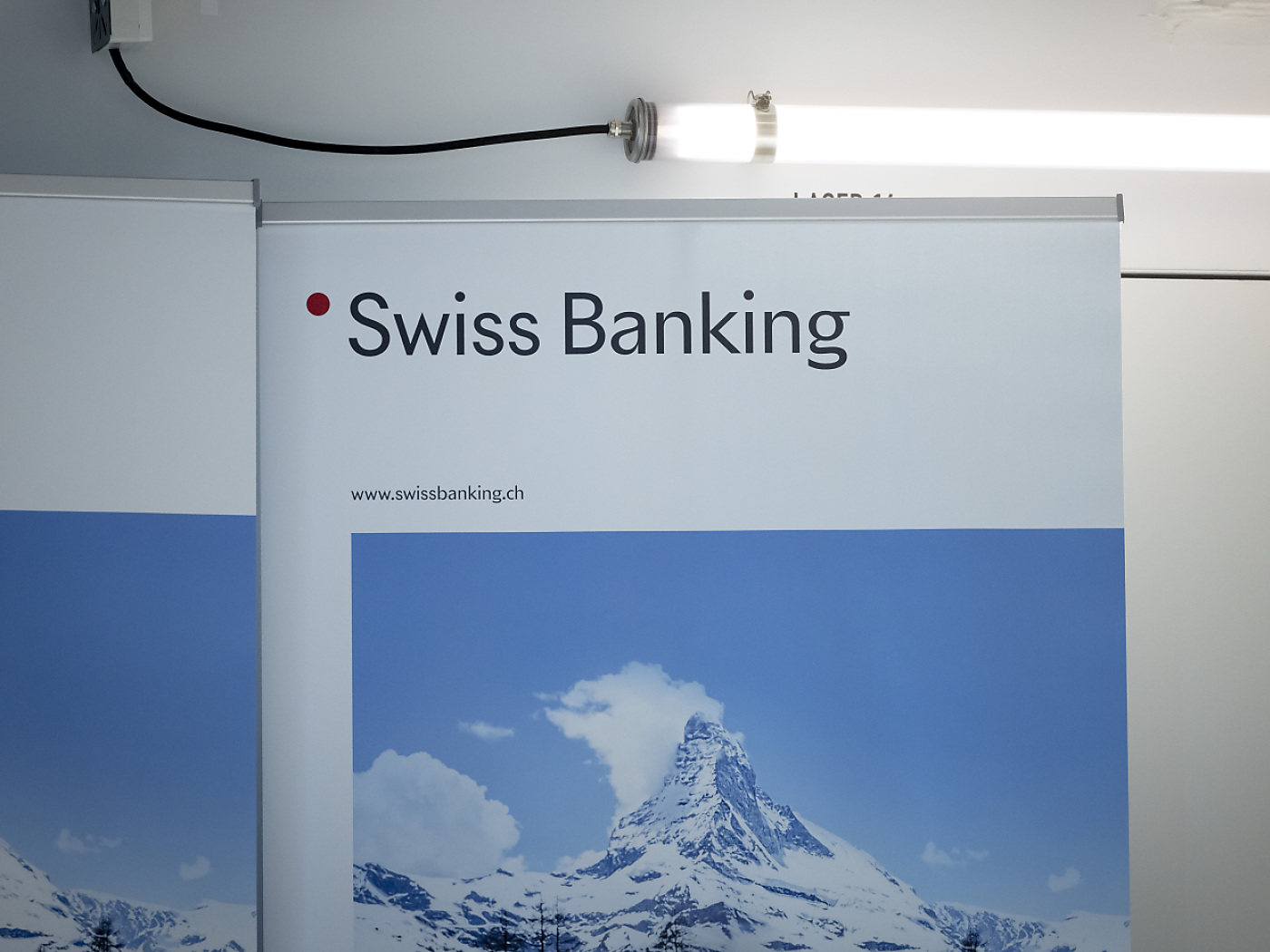Overview: The US dollar is trading with a slightly heavier tone in the European morning. It has stalled in front of JPY145.90, where the BOJ intervened last September and ahead of CNY7.30, which some observers think Chinese officials are defending. We are less convinced that either central bank has drawn a line at a particular level and suspect it is too early to be confident that the greenback has peaked against either. On the back of yesterday's wage figures and today's CPI, sterling has extended yesterday's gains marginally. The greenback is softer against most emerging market currencies today.
It is hard to call today a risk-on day, though. Asia Pacific bourses were lower, with Japan, Hong Kong, Australia, and South Korean markets shedding more than 1%. After falling nearly 1% yesterday, Europe's Stoxx 600 is up less than 0.1% near midday. US index futures are narrowly mixed. Benchmark 10-year rates are mostly lower. Japan's 10-year yield slipped fractionally to 0.62%, while most European yield are 1-2 bp lower. The 10-year Gilt is an exception. The yield is about two basis points firmer. The 10-year US Treasury yield is off three basis points to 4.18%. The weaker dollar and softer yields are helping gold steady above $1900 after dipping below it yesterday. Crude oil is nursing yesterday's losses. API saw another large drawdown in US inventories. The tightness in the physical market is being blunted by the concerns over Chinese growth.
Asia Pacific
Many market participants are skeptical about the veracity of Chinese data, but with a large degree of schadenfreude accepted the weakness of the series of data yesterday that was reinforced by an unexpected 15 bp cut in the one-year Medium-Term Lending Facility to 2.50%. It was the largest cut since April 2020, and signals heightened official concern. It likely tips a cut in the loan prime rates next week. Earlier today, China reported that newly built commercial residential buildings saw prices slip last month. It is the first back-to-back decline this year. Outside of the setting of the loan prime rates, China's economic calendar is light until the end of the month's PMI report. A cut in required reserves could take place at any time. Separately, a wealth management firm, part of the shadow banking sector, Zhongrong International Trust has been failing to make payments in several products since last July and reports suggest at least 30 products are now overdue. Separately, many commentators are drawing attention to the further draw down in China's holdings of US Treasuries. US data showed a decline of $11.3 bln in June to bring this year's decline to almost $23 bln. However, before concluding this is an example of de-dollarization, note that China prefers agency bonds, which pay a premium over Treasuries. Bloomberg reports that since the start of 2021, China has made net sales of nearly $15 bln of Treasuries but has bought slightly more than $225 bln of agency bonds.
Japan reports July trade figures the first thing tomorrow. The trade balance typically (14 of the past 20 years) deteriorates in July, but the median forecast in Bloomberg's survey is for an ever so slight improvement from JPY43.1 bln in June. We noted that the yen is historically weak. A trade-weighted index of yen is off by 12.8% this year. The yen is at its lowest level against the euro since 2008 and against sterling since 2015. It is trading at record lows against the Swiss franc. Yet, in July exports are forecast (median in Blomberg's survey) to have contracted (year-over-year) for the first time since November 2020. The contraction of imports (each month in Q2) likely accelerated. The median forecast is a for a 15.2% drop after June's 12.9% tumble.
The dollar stalled in front of JPY146 yesterday and remains below it today. The dollar's seven-day rally against the yen may be challenged today. The market may be turning cautious as both the exchange rate and the 10-year JGB are near levels that saw BOJ intervention last September (~JPY145.90 last September). If intervention is best understood as an escalation ladder, then Japanese officials have begun climbing the ladder. Japan's Finance Minister Suzuki said that he is watching the foreign exchange market "with a high sense of urgency," and that "appropriate action" would be taken if the moves were judged excessive. Initial support may be around JPY144.80-JPY145.00. The Australian dollar's has a six-day losing streak in tow, which, matches the longest since the early days of the pandemic. That streak may also end today, but only after the Australian dollar fell a little through $0.6430. A close above $0.6485 may help stabilize the tone, but it needs to resurface above $0.6535-50 to suggest a low is in place. There are options for nearly A$1.5 bln at $0.6550 that expire tomorrow. The dollar is rising against the Chinese yuan for the fifth consecutive session. Reports suggest officials have requested some funds to avoid selling equities. They previously requested the same about the yuan. The dollar quickly filled the opening gap and traded as high as CNY7.2980, stopping just shy of CNY7.30 (like the dollar did ahead of JPY145.90), which is level that some think China is defending. The dollar has not fallen below 7.30 against the offshore yuan, CNH. The dollar's reference rate was set at CNY7.1986 compared with average projections in Bloomberg's survey for CNY7.2769. Note that that top of the dollar's 2% band is near CNY7.3425 today.
Europe
On the heels of yesterday's reported surge in June's average labor income, the UK reported a sharp slowing in July's CPI. The headline rate fell by 0.4% on the month, which given the base effect, saw the year-over-year rate fall to 6.8% from 7.9%. Even though both measures were 0.1% higher than the median forecast in Bloomberg's survey, it brings the three-month annualized pace to a lowly 1.6%. Headline CPI rose at an annualized pace of around 8.8% in Q2 and 5.2% in Q1. The BOE sees it ending the year at 5.0% and 2.5% at the end of next year. The core rate is stickier and is now above the headline rate for the first time since March 2021 (6.9% vs. 6.8%). Deflation in producer prices is evident. Output prices have slowed since last July and finally turned negative last month (-0.8%). Input prices were falling on a year-over-year basis in June and extended that in July (-3.3%).
The euro recorded yesterday's session high a little above $1.0950 after US retail sales report but the momentum could not be sustained. The euro bled back slightly through $1.09 in dull dealings in the North American afternoon. There is little to suggest a low is in place and perhaps, the $1.0850-$1.0950 may mark the immediate range. The strong wage data helped sterling rise through Monday's high ($1.2715) yesterday, but it stalled a touch above $1.2750. It too tended lower in the North American afternoon yesterday and briefly slipped below $1.27. However, today, it has extended its recovery to about $1.2765, but the intraday momentum indicators are stretched, suggest scope for limited gains in early North American dealings before UK markets close for the day. Sterling has been rangebound in the first half of August between roughly $1.2620 and $1.2840. A breakout does not look imminent.
America
The broad gains in July retail sales, which account for a little more than a third of US consumption, bodes well for Q3 growth. As we have suggested, economists will likely be revising up Q3 GDP, which according to Bloomberg stand at 0.7% (median). Year-over-year growth was projected at 1.6% this year and it too will likely be revised higher. Fed officials are in a similar position. Their median forecast in June was for 1% this year. We suspect that it will be raised and the Fed's median PCE deflator forecast of 3.2% may be lowered next month. The Fed officials may also shave the 4.1% unemployment projection. The Atlanta Fed's GDP tracker now sees 5% growth this quarter up for 4.1% a week ago. Attention today turns to housing starts and permits, which likely stabilized after falling in June. A similar pattern may be evident in the industrial production figures: July stabilizes after soft June data. The minutes from last month's FOMC meeting will be released, and the key may be a sense of where the bar is for the second rate hike that officials suggested in June. The futures market is pricing in about a 10% chance of a hike next month. The January 2024 Fed funds futures contract's implied yield is about 5.41%. The effective average rate is 5.33% since the July hike. The market then is pricing in about a 32% chance of a hike this year, which seems a little low given the prospect for a possible reacceleration of the economy and higher food and energy prices.
Canada's July CPI rose by 0.6%, twice the pace expected by the median forecast in Bloomberg's survey. It lifted the year-over-year rate to 3.3% from 2.8%. For the first time in three years, Canada's headline inflation is above the US rate. The base effect warns of another rise what this month's data are reported in September. Specifically, the CPI fell by 0.3% last August. Even if it is replaced by a 0.1% increase, which would match the smallest increase this year, the headline rate would rise to about 3.7%. Still, the underlying core rate was largely in line with expectation and a three-month moving average of them, which is the measure Bank of Canada Governor Macklem cited, slipped slightly below 3.50% from a little more than 3.90%. The swaps market shows about a 33% chance of a hike next month.
The US dollar tested the CAD1.3500 level seen last week. It pulled back and found support ahead of CAD1.3440 and returned to the highs late yesterday. Last week, when the US dollar traded CAD1.3500 it settled near the middle of the range, but yesterday, it settled near session highs. It suggests the upside momentum is still strong. It reached CAD1.3510 earlier today and pulled back to almost CAD1.3475 where it has found bids in the European morning. The CAD1.3570 area is representing the (61.8%) retracement of the greenback's losses since the March 10 high (~CAD1.3860) may be the next target. The US dollar rose to a four-day high against the Mexican peso (~MXN17.1880) amid the risk-off mood. It is consolidating in a narrow range today (~MXN17.0675-MXN17.1580). We had suggested that the immediate band of resistance extended toward MXN17.20, but maybe it is a bit higher. Last week's high was near MXN17.2845. Above there, the June and July highs beckon (~MXN17.3960-MXN17.4280). A close below MXN17.00, which the dollar has not managed to do since August 1, and ideally below MXN16.99, where the 20-day moving average is found, could signal a near-term top is in place.
Tags: #USD,Canada,China,Currency Movement,Featured,inflation,Japan,newsletter,U.K.





















